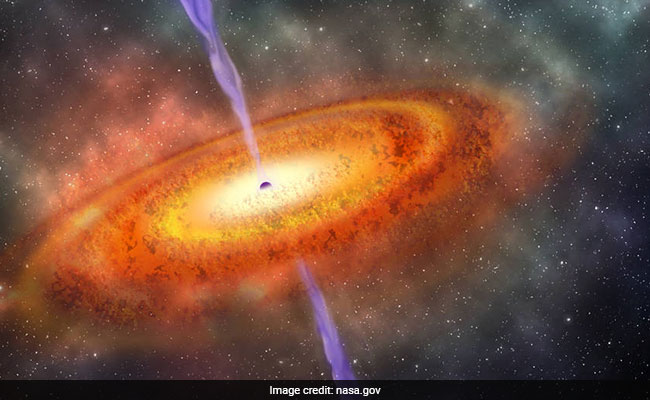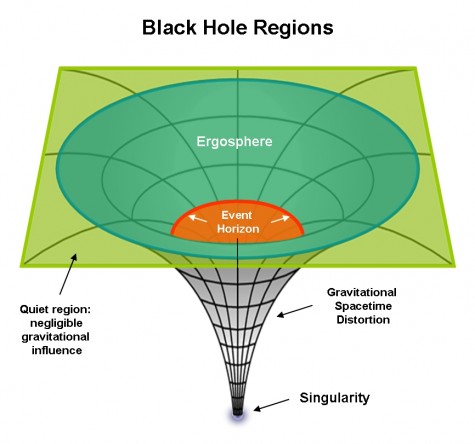What Exactly Are Supermassive Black Holes?
Before we dive into the mysteries, let's clarify what supermassive black holes are. At their core, black holes are regions in space where the gravitational pull is so intense that nothing, not even light, can escape their grasp. Supermassive black holes, as the name suggests, are incredibly massive compared to their stellar-mass counterparts.
The mass of a supermassive black hole can range from millions to billions of times that of our Sun. For example, the one at the center of the Milky Way, known as Sagittarius A*, is estimated to be around 4 million times the mass of our Sun. But how do these cosmic giants come into existence?
The Formation of Supermassive Black Holes
The precise mechanisms behind the formation of supermassive black holes are still a subject of ongoing research and debate. However, several theories have been proposed, and a leading contender is the accretion of matter over cosmic time.
1. Accretion of Matter: Supermassive black holes are thought to form gradually as they gobble up vast amounts of surrounding gas, dust, and stars over billions of years. As matter falls into the black hole, it releases energy in the form of intense radiation, making these objects visible to telescopes.
2. Galactic Mergers: Another hypothesis is that supermassive black holes could be the result of galactic mergers. When two galaxies collide and merge, the central black holes from each galaxy may also merge, resulting in a larger, supermassive black hole.
The Influence of Supermassive Black Holes
Supermassive black holes exert a profound influence on the galaxies in which they reside. Here are some intriguing ways they shape their cosmic surroundings:
1. Galactic Dynamics: The gravitational pull of a supermassive black hole can affect the motion of stars and other celestial objects within its host galaxy. This influence can lead to the formation of specific structures, such as a dense region of stars known as a "nuclear star cluster."
2. Active Galactic Nuclei (AGN): Supermassive black holes that actively accrete matter emit intense radiation and become what's known as active galactic nuclei (AGN). These can emit powerful jets of particles and energy, influencing the galaxy's evolution and even affecting neighboring galaxies.
- This picture shows the formation of Black holes.
The Event Horizon: A Point of No Return
One of the most captivating aspects of a black hole is its event horizon—a boundary beyond which nothing can escape. This is the point of no return, where the gravitational pull becomes infinite. Anything that crosses this boundary is forever trapped within the black hole's grasp.
Unsolved Mysteries and Ongoing Research
Despite the progress made in understanding supermassive black holes, many questions remain unanswered:
1.How do supermassive black holes form so quickly?
Some of these cosmic giants appear in the early universe, just a few hundred million years after the Big Bang, which raises questions about their rapid growth.
2. What happens inside a black hole?
The nature of the singularity at the heart of a black hole, where all the mass is concentrated, remains a mystery. Current physics breaks down under such extreme conditions.
3. How do supermassive black holes affect galaxy formation and evolution?
Understanding the intricate interplay between supermassive black holes and the galaxies they inhabit is an ongoing challenge.
Scientists and astronomers around the world continue to study supermassive black holes using observatories and instruments that allow them to peer deep into the universe. New discoveries and insights into these cosmic enigmas promise to unlock more of the universe's secrets.
Conclusion
Supermassive black holes, residing at the centre of galaxies, are captivating cosmic phenomena that continue to astound and puzzle astronomers. Their formation, influence on galactic structures, and the mysteries they hold within their event horizons are subjects of ongoing research and fascination.
As scientists delve deeper into the study of these cosmic giants, we can look forward to unravelling more of the enigma that lies at the heart of galaxies, shedding light on some of the universe's most profound secrets. Supermassive black holes are not just astronomical objects; they are gateways to a deeper understanding of the cosmos itself.







0 Comments